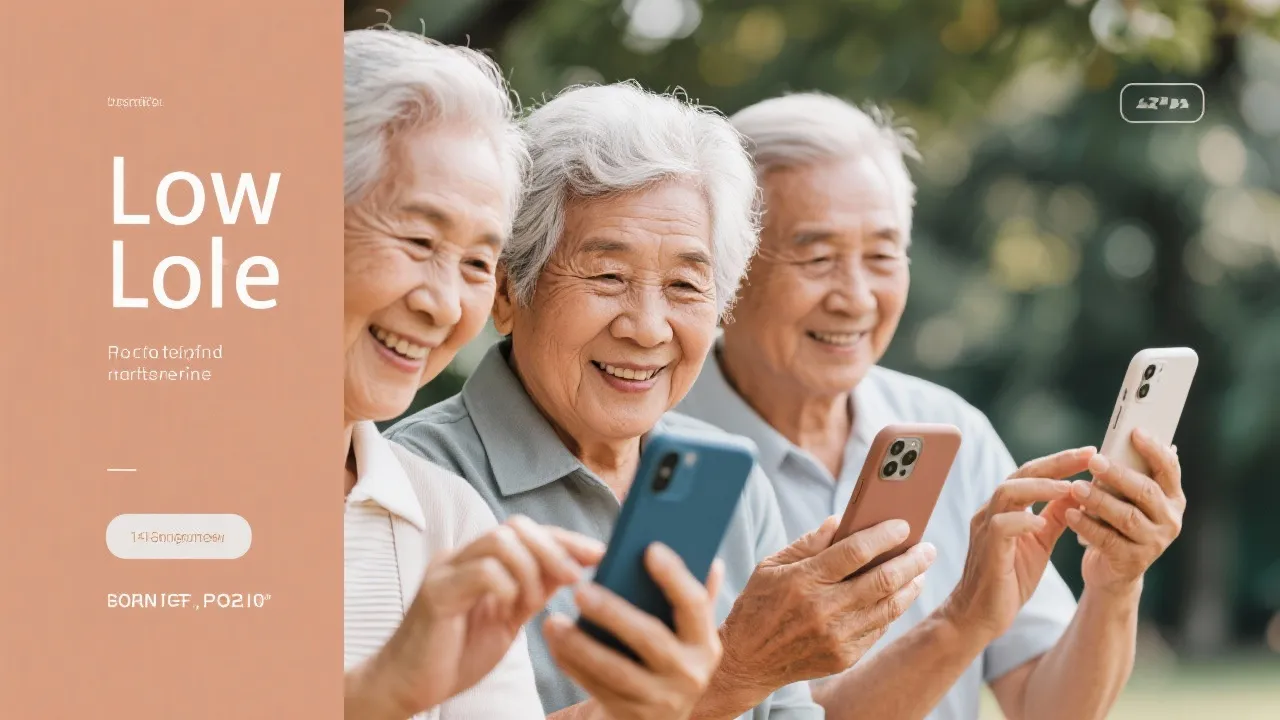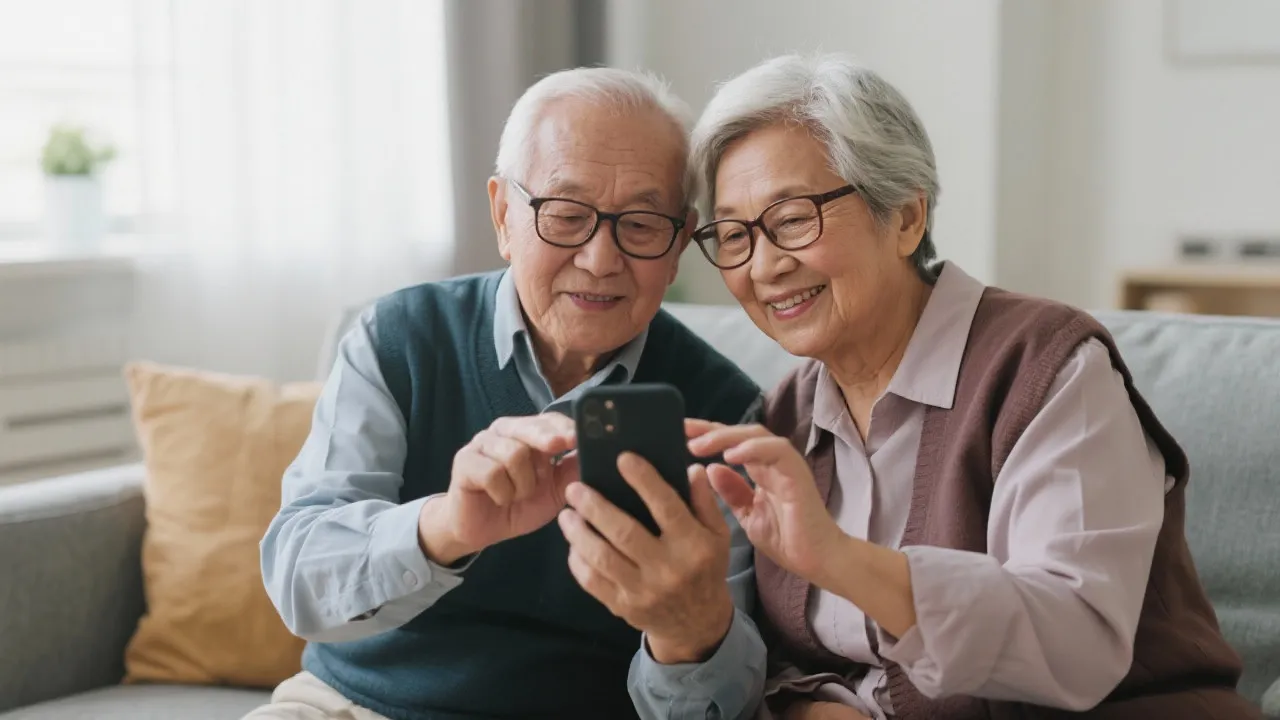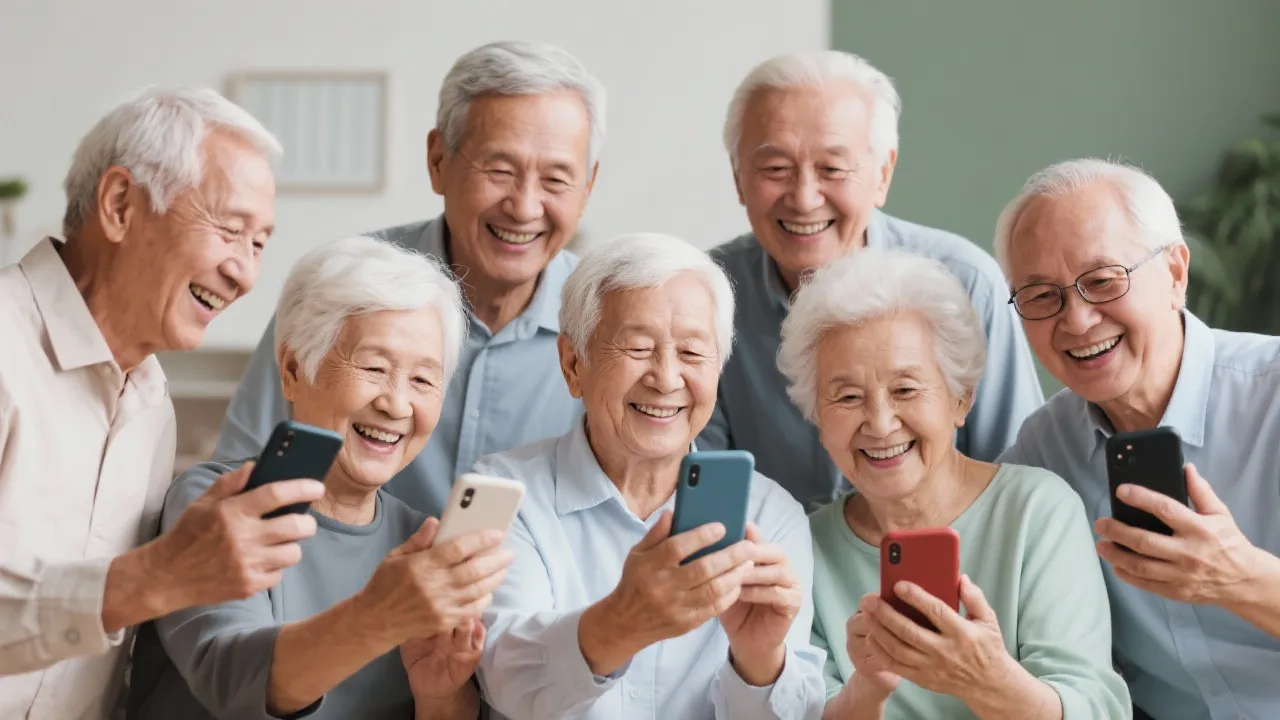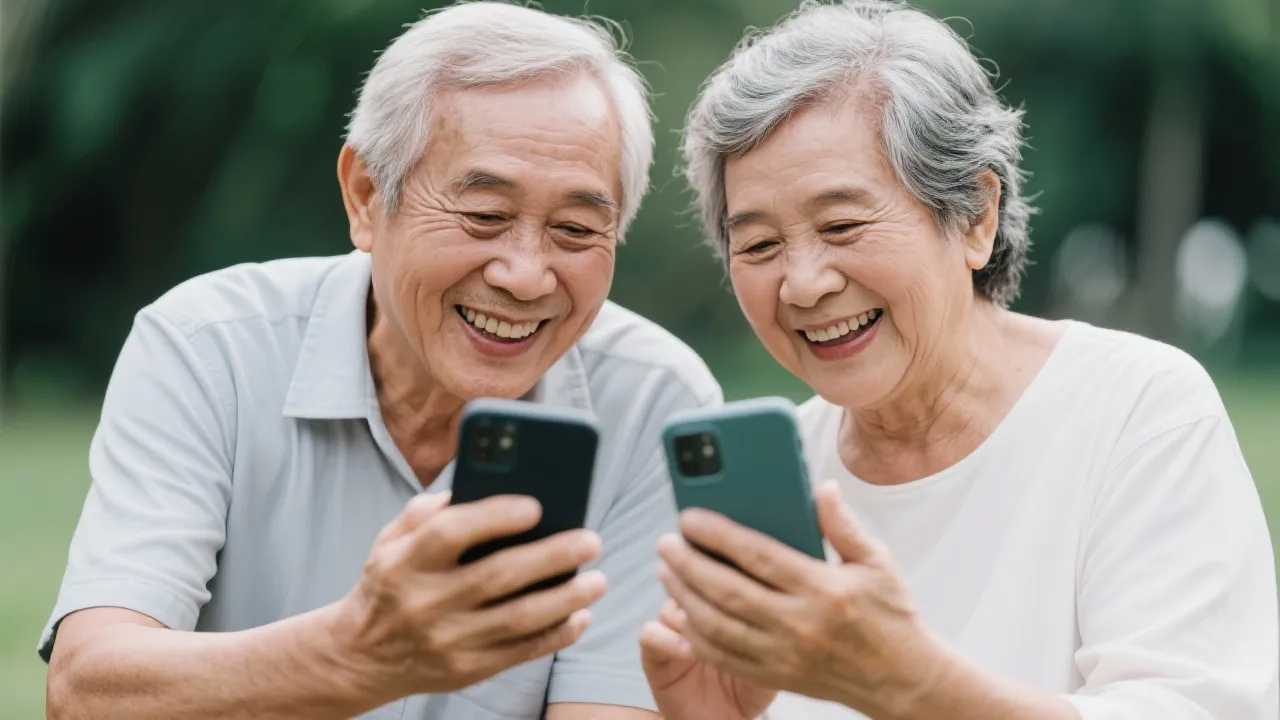Navigating Affordable Phone Options for Seniors
This guide unveils opportunities for seniors to access communication technology, spotlighting government-supported plans offering mobile devices at low price. Seniors increasingly rely on mobile phones for connectivity, prompting various schemes to bridge the digital divide. Government aid programs now assist eligible seniors in maintaining vital connections without financial burden.
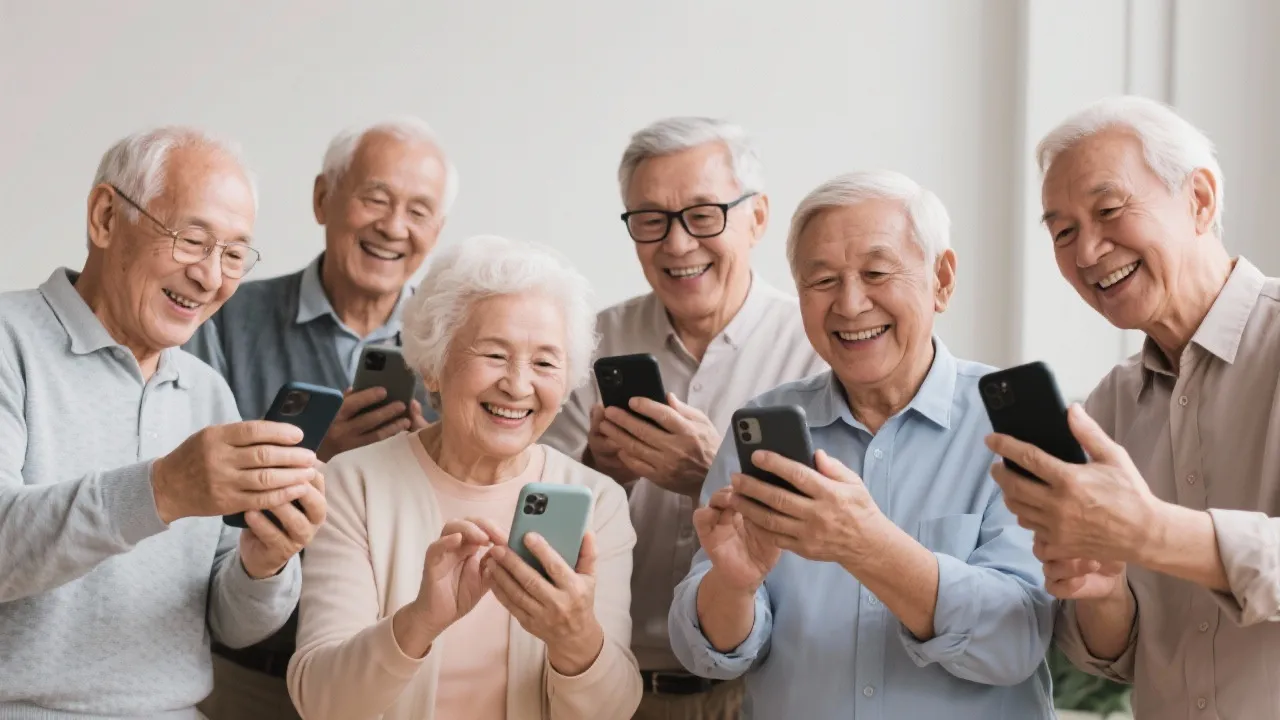
Understanding Senior Mobile Connectivity
In today's rapidly evolving technological landscape, ensuring that seniors remain connected is paramount. With the proliferation of mobile technology, the need for accessible communication tools is greater than ever. For many seniors, staying in touch with loved ones, accessing medical services, and enjoying a more connected lifestyle are major priorities. Recognizing this need, several government and nonprofit programs offer supportive measures to provide low-cost or complimentary mobile phones for seniors. These initiatives not only cater to communication needs but also address the critical aspects of safety, health management, and social interaction essential for seniors, enhancing their overall quality of life.
The Importance of Phones for Seniors
Mobile phones are not simply a means of communication for seniors; they are lifelines. These devices promote independence, allowing access to emergency services, medical advice, and social interaction opportunities. For many older adults, smartphones offer important features that go beyond traditional telephony, allowing for easy access to video calls, text messaging, and social media platforms where they can connect with family and friends. Given their fixed incomes, seniors can sometimes find it financially challenging to keep up with telecommunications technology. In response, numerous initiatives have been developed to ensure that economic constraints do not impede accessibility to essential communication tools. Furthermore, many mobile devices are equipped with accessibility features tailored to senior users, including larger icons, voice commands, and simpler interfaces, making it easier for them to adapt to new technology.
Government-Supported Plans for Senior Phone Access
Several service providers extend government-supported phone programs, offering solutions that aim to minimize costs while maximizing connectivity. These plans are primarily designed to aid seniors and other eligible individuals in maintaining their essential communication tools without the financial strain. The Lifeline program and the Affordable Connectivity Program (ACP) are key initiatives designed to support low-income individuals, especially seniors, by providing discounts on phone services, internet access, and even free smartphones in some cases. This access ensures that seniors are not left behind in a world that increasingly relies on digital connectivity.
| Provider | Services Included | Additional Costs |
|---|---|---|
| SafeLink Wireless | Complimentary smartphone, or bring-your-own-device, unlimited texts, calls, and data. | Upgrading to premium devices or additional data packages may incur fees. |
| Assurance Wireless | Affordable Android smartphone, unlimited talk and text, data allowances available. | High-speed data and international calling options available as upgrades. |
| StandUp Wireless | Complimentary smartphone or BYOD options, unlimited talk and text. | Premium phone upgrades and extra data available for additional charges. |
| Access Wireless | Unlimited voice, text, and high-speed data through Lifeline and ACP benefits. | Data boosts and device upgrades offered at a cost. |
| True Wireless | Government-supported phones, voice and data plans available. | Optional upgrades to improved devices or plans may incur additional fees. |
How to Apply and Eligibility Criteria
For those interested in applying for these plans, each service provider entails a slightly different process. Here’s a concise guide on how seniors can apply:
- Eligibility: Applicants need to meet specific income guidelines or be participating in government assistance programs such as Medicaid, SNAP, or SSI. Residing on Tribal lands provides additional benefits, enhancing eligibility. It's crucial to check the specific requirements of each provider as they can vary.
- Application Process: Most providers require an online application. Applicants are asked to submit proof of eligibility, which can include documents verifying income or participation in certain government programs. It's advisable to gather all necessary documents before beginning the online application process, which can streamline the overall experience.
- Verification: After submission, documentation needs to be uploaded for eligibility verification. Some providers might also require a short interview or phone call to discuss your application further.
Upon approval, the service provider will proceed with delivering the device and activating the plan. Applicants who face difficulties during the application process can reach out to customer service for assistance. Moreover, many organizations provide resources, including community centers and senior advocacy groups, that can offer support in navigating these applications.
The Impact of these Programs
Implementing these programs has significantly impacted seniors' lives, who now readily access essential services previously out of reach. From accessing telehealth services to staying connected with family and friends, these mobile plans empower seniors to live more independent lives, improve their quality of life, and enhance their social engagement. Many seniors report feeling less isolated and more connected, thanks to the availability of easily accessible communication technologies. Over time, studies have shown that improved connectivity can lead to better mental health outcomes, increased participation in community activities, and an overall increase in happiness.
Telehealth, specifically, has emerged as a crucial service for seniors. Mobile connectivity allows them to access medical professionals from the comfort of their homes, reducing the need for travel and providing timely medical attention. The ability to schedule video consultations and receive health monitoring through mobile apps has transformed how seniors manage their health, contributing to better adherence to medication regimens and improving health literacy. In many cases, these tools have proven instrumental during health crises, such as the COVID-19 pandemic, where physical distancing made traditional medical visits challenging.
FAQs
- Can any senior apply for these plans? Not all seniors are automatically eligible. Potential applicants must meet specific income or program participation criteria, which can vary by service provider.
- Which documents are typically required? Commonly required documents include proof of income or documentation showing participation in government assistance programs, such as a Medicaid card or a Supplemental Nutrition Assistance Program (SNAP) letter. It's essential to check the specific requirements for each program to ensure successful application submissions.
- Are there any monthly costs involved? While basic services are usually covered, additional features or upgrades might entail extra charges. It's wise to review the terms and conditions carefully before signing up for any plan to avoid unexpected fees.
- What if I experience difficulties with my phone or plan? Each service provider usually has customer service representatives to help troubleshoot issues. Additionally, they may offer resources, such as FAQs or online support chats, to assist users.
- Can I switch providers if I’m not satisfied with my current service? Yes, seniors can switch providers if they find that a different company offers better services or coverage. However, they should ensure they meet the eligibility requirements for the new service and inquire about any potential penalties for canceling their current service.
Conclusion
Navigating through various affordable phone options for seniors highlights the importance of connected living in modern times. These programs offer much-needed relief for many seniors, ensuring they are never out of reach from critical support systems. In an age where technology continues to advance rapidly, it is essential to promote initiatives that keep seniors integrated into the society connected through technology. The world is evolving, and fortunately, many organizations recognize the importance of including seniors in this change. Through continuous support and resources, we can work toward a future where all seniors can enjoy the benefits that connectivity brings.
Disclaimer: The above information comes from online resources, and the data is as of October 2023. This website cannot guarantee that applicants will definitely obtain a government-supported phone. For specific application requirements and further instructions, please refer to the official requirements of the provider. This website will not be updated in real-time.
Source: www.safelinkwireless.com, www.assurancewireless.com, standupwireless.com, accesswireless.com, gotruewireless.com
-

A Guide to Cost-Efficient Small Electric Cars for Seniors
-

Mastering Debt Consolidation: Boost Your Credit Score and Manage Interest Rates
-

Your Guide to Loans, Credit Checks, and Interest Rates
-

Affordable Independent Living: Finding the Right Senior Housing
-

Guide to Senior Living Apartments: Affordable and Comfortable Environments





